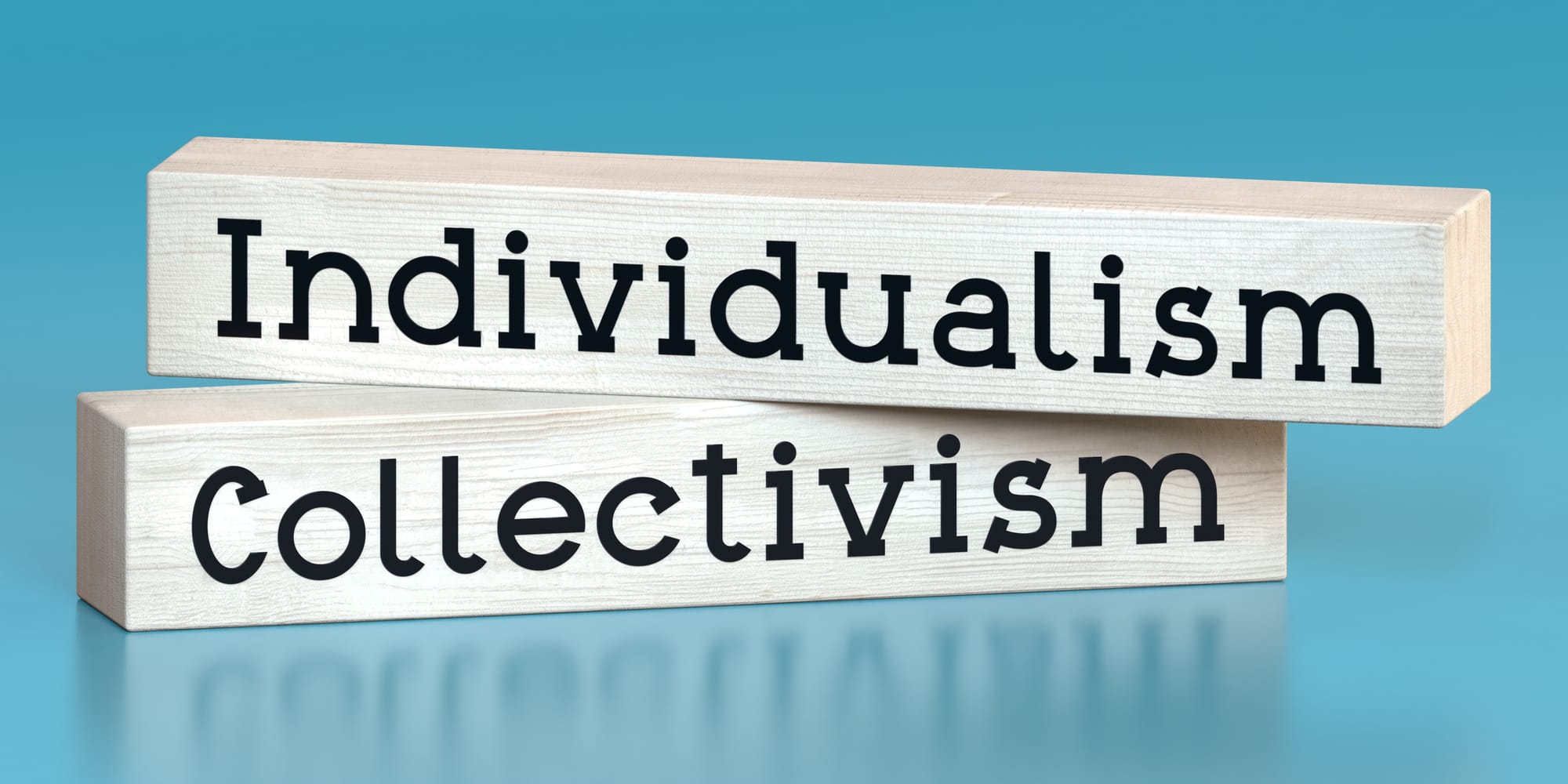
Hierarchy and egalitarianism
The unseen cultural forces shaping help-seeking behaviour
Geert Hofstede introduced the concept of power distance in the 1970s to describe how authority and power are distributed within a society or organisation. In his model, a high power distance reflects more hierarchical societies, while a low power distance reflects more egalitarian ones.
Understanding this concept helps us distinguish whether a person’s behaviour is culturally shaped or rooted in individual personality traits. Without recognising how culture shapes values and behaviour, it is easy to misinterpret people’s actions, especially when working with individuals from collectivist backgrounds.
The collectivist approach
In collectivist cultures, hierarchy is often deeply valued. I often use the example of an orchestra to illustrate this idea. An orchestra has a clear chain of command, much like a traditional organisation. At the top is the conductor, who interprets the music, sets the tempo, and shapes the emotional expression of the performance. Beneath the conductor are the section leaders, such as the concertmaster, who leads the violins and often the entire string section. Each section — strings, woodwinds, brass, and percussion — follows its leader, who in turn follows the conductor. Every musician has a defined role. Those seated further back follow the front desks, ensuring unity and balance. In this structure, authority flows from the top down. The performance succeeds through precision, discipline, and coordinated obedience to a shared interpretation guided by the leader. It is an efficient model for large groups, capable of producing breathtaking harmony, yet it leaves little space for individual improvisation. The orchestral model therefore represents hierarchy: centred authority, structure, and discipline in service of unity and scale.
The egalitarian way
In contrast, egalitarian societies, commonly found in the Western world, are guided by a different set of values. Egalitarianism emphasises the intrinsic equality of all human beings, the belief that no one person or group is inherently more valuable, entitled, or deserving of power, respect, or opportunity than another. At its core, it rests on the conviction that dignity, rights, and worth are shared equally across humanity, regardless of class, gender, race, wealth, culture, or position.
What this means for mental health
The cultural impact
This cultural difference can easily lead to misunderstanding.
At the doctors
Many Asian clients, for example, express surprise or discomfort when a doctor redirects questions back to them, expecting them to reflect or make decisions about their care. From their worldview, the professional is meant to provide guidance, not seek it. This response is not resistance but a reflection of how authority and expertise are understood within their cultural framework.
Within the family
A similar dynamic can be observed within family structures, particularly among migrant families living in New Zealand. Understanding who plays which “instrument” in the family, who leads, who supports, and who listens, is essential. In a family system shaped by hierarchy, each member has a defined role and expectation, much like the orchestral setting, where harmony depends on clarity of structure.
Returning to the musical metaphor, imagine a musician from a collectivist culture, accustomed to performing in an orchestra, suddenly placed under the spotlight as a soloist. They would still be capable of performing, but the expectations are entirely different. A soloist stands at the centre, carrying the melody, shaping the interpretation, and becoming the emotional voice of the performance. Their success depends on self-expression, confidence, and the ability to hold attention. They must draw on deep self-awareness and courage, for the meaning of the music now rests entirely on them.
By contrast, an orchestral musician thrives within collective harmony. Their strength lies not in standing out but in blending beautifully with others. Each contributes a fragment to a shared soundscape, requiring discipline, listening, and humility, an understanding that excellence arises from unity rather than individuality.
The shift from belonging to becoming
For someone transitioning from the orchestra to a solo performance, the experience can feel disorienting, much like a person from a collectivist culture navigating an individualistic, egalitarian system. In the orchestra, structure provides safety: the conductor sets the tempo, the sections move together, and responsibility is shared. As a soloist, that safety net disappears. They must now decide when to pause, how to phrase, and how to breathe. The silence around them becomes both frightening and liberating. It is the moment when technique must yield to truth. Psychologically, this marks a shift from belonging to becoming. The orchestral mindset trusts collective stability; the soloist’s mindset requires self-trust.
Unwelcome isolation
Many Asian individuals from collectivist cultures describe this as confronting vulnerability, feeling exposed and uncertain in an unfamiliar system without clear guidance or support. They are not only facing their own mental health challenges but also trying to navigate services that operate from a different cultural worldview. Without the right context or language to articulate their experiences, this can feel daunting and isolating.


